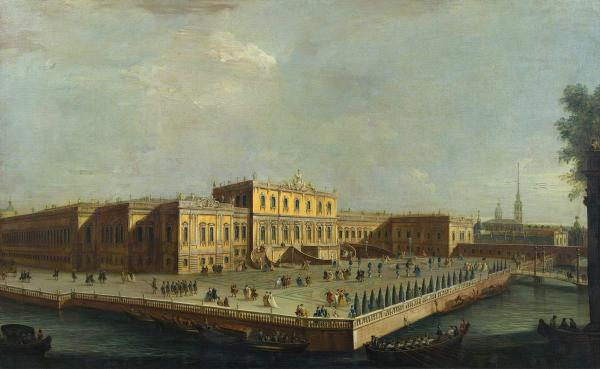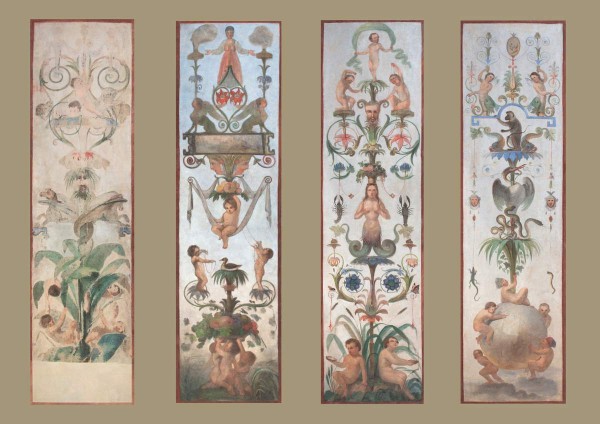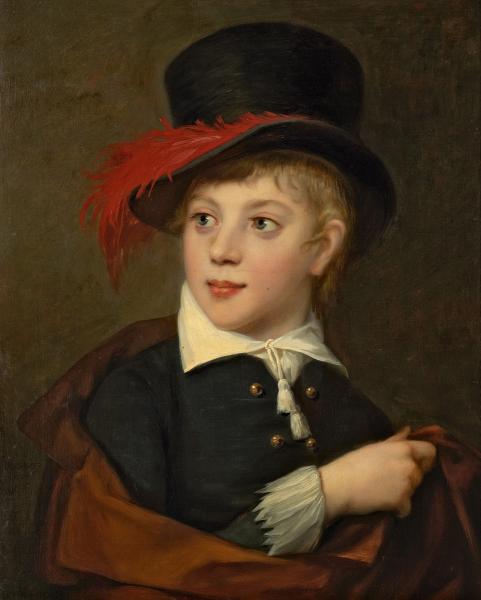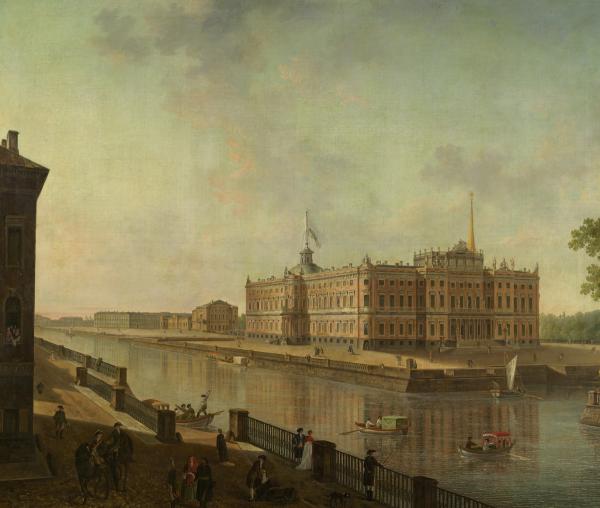The artist is unknown

By the middle of the XVIII century, the appearance of works of landscape painting in Russian art dates back to Russian art. The emergence of a new genre, like the portrait that is most related to nature, was largely due to the development of Russian urban planning. He explains the absolute predominance at this time of the city landscape, and, first of all, images of the new capital. A large role in the objectively faithful and figuratively impressive fixation of the species of St. Petersburg was played by drawings M. And. Makhaev, executed by him mainly during 1748-1751. The drawings were engraved and already in this form served as a model for picturesque paintings. Among them belongs to the “avenue of the summer house”, executed in engraving on copper a. Grekova. The author of “Prospekt” is a skilled painter, whose name, unfortunately, remains unknown. The free possession of the brush can be judged by virtuosity, with which the artist conveys the details of architectural decor or pose and clothes of people captured in the picture.
“Avenue of the Summer House” is also interesting for the fact that it is the only “document” (in conjunction with the figure M. Makhaev and engraving), preserving the image of a magnificent palace built by the architect F.-B. Rastrelli in 1741-1744 for Empress Elizabeth. The architect in the description of the buildings he created said about him: “This building had more than 160 apartments, including the Church, the Hall and the Gallery here. Everything was decorated with mirrors and rich sculpture, as well as a new garden, decorated with beautiful fountains, with an Hermitage built at the level of the first floor surrounded by rich trieants, all the jewelry of which were gilded ”. The wooden palace was facing the north side to the summer garden, from which it was separated by the river sink flowing here into a fountain. A ground garden is broken in front of the palace, laurels and tsa are placed along balustrades. On the right in the picture is a Christmas church with a bell tower. It was replaced by the Kazan Cathedral at the beginning of the 19th century – creation a. N. Voronikhina.
Elizaveta Petrovna loved the summer palace very much. In late April – early May (as the weather allowed), the solemn crossing of the empress from the winter residence was formed by a magnificent ceremony with the participation of the court, orchestra, the regiments of the guard for artillery salute of the guns. The queen went on the return trip in the last days of September with the same ceremonies.
September 20, 1754, the future emperor Paul I is born in the walls of the palace. After the death of the queen, the palace is still used: the conclusion of peace with Prussia is celebrated here. In the throne room, Catherine II accepts congratulations from foreign ambassadors on the occasion of accession to the throne. However, over time, the owner begins to give preference to other summer residences, especially the royal village, and the building is breaking. First he is assigned to the residence of g. Orlov, then g. Potemkin. In February 1796, the Elizabethan dwelling broke up and began the construction of a new imperial residence – Mikhailovsky castle.


